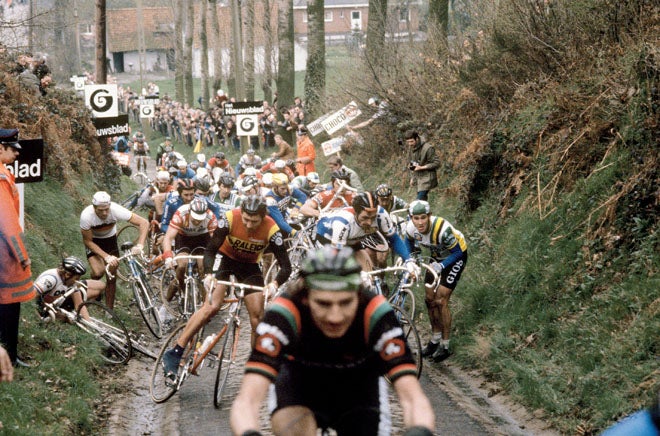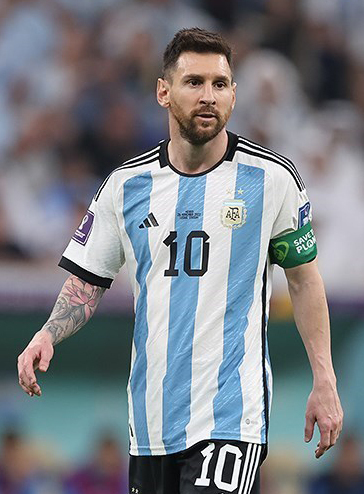On a day where the steep, slippery cobbles of Belgium tested the mettle of the world’s finest cyclists, the Tour of Flanders, also known as De Ronde, unfolded in a spectacle of endurance, strategy, and sheer willpower. Amidst the damp conditions that caused chaos in the peloton, Mathieu van der Poel emerged victorious, claiming his record-equalling third win in this legendary race, and solidifying his status as a cycling titan.
The Dutch powerhouse, wearing the world champion’s rainbow jersey, executed a stunning long-range attack that left his rivals scattered across the Flemish countryside. With 45km left of the grueling 270km route, Van der Poel powered away on a cobbled climb, a move that would see him finish more than a minute ahead of the chasing pack. This victory not only showcased his incredible prowess but also marked him as the first person to ascend the podium of this Monument in five consecutive seasons.
“Winning the Tour of Flanders with the world champion’s rainbow jersey on your back is a dream come true,” said Van der Poel, echoing the sentiments of many a cyclist who dreams of conquering the cobbles. His triumph in the race, which is one of cycling’s five Monuments, adds to his already impressive resume that includes wins at Milan-San Remo and Paris-Roubaix. The feat is even more notable given the absence of local favorite Wout van Aert and defending champion Tadej Pogacar, setting Van der Poel as the favorite for the upcoming Paris-Roubaix.

The Tour of Flanders is not just about the elite men’s race. The women’s event also had its share of drama and triumph, with Italy’s Elisa Longo Borghini clinching her second win amidst challenging conditions. The race was marred by an early crash involving Britain’s Lizzie Deignan and ten other riders, resulting in Deignan suffering a broken arm. Despite this setback, Longo Borghini’s victory was a testament to her resilience and skill, making her only the fifth rider to win the Women’s Tour of Flanders twice.
“This win is also for Lizzie. Hopefully, we put a smile on her face,” Longo Borghini shared, highlighting the spirit of camaraderie and support that pervades the cycling community.
First held in 1913, the Tour of Flanders has become the most important cycling race in Flanders and a jewel in the crown of the UCI World Tour. Known as Vlaanderens Mooiste, or Flanders’ Finest, it is one of the two major Cobbled classics, along with Paris–Roubaix. Seven men, including Van der Poel, now hold the record for most victories, each having conquered the race three times.
The Ronde is more than just a race; it’s a symbol of regional pride and a testament to the enduring allure of cycling. Conceived in 1913 by Léon van den Haute, the race was a means to promote his sports newspaper Sportwereld, but it has grown into a monumental event, uniting cyclists and fans from around the world.
With the dust settling on this year’s edition, and the cobbles of Flanders receding into the backdrop, the stories of triumph, heartbreak, and unyielding spirit that emerged from the Tour of Flanders will resonate long after. Mathieu van der Poel’s monumental victory, Elisa Longo Borghini’s resilient win, and the unwavering determination of all participants have once again underscored why De Ronde remains a pinnacle of the cycling season.
It is not just a race; it is a celebration of cycling’s rich history, its challenges, and its triumphs. It’s where legends are born and where the spirit of cycling is vividly alive, pedaling furiously over the cobbles towards victory.





